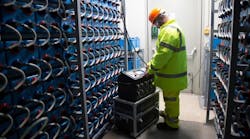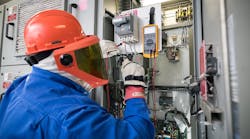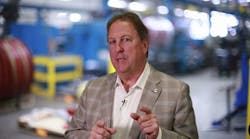What image does the phrase “maintenance activity” bring to mind? The word activity hints at a mindset that is self-defeating.
That mindset is one of keeping people busy. If your maintenance people are barely keeping up with their preventive maintenance (PM) work load, someone in management may conclude you are making the most of your human resources. Your personnel are “fully utilized.” Not an idle person in the bunch, and everyone is busy all the time.
But do your machines care if people are busy? Does constant activity have any correlation to uptime?
Your maintenance supervisors can go around making sure people always have something to do. And your people can play this game, too, always stretching a job to keep up the appearance of being busy. This is how you institutionalize inefficiency and lower effectiveness, when in fact you want to institutionalize an efficiency mentality and maximize effectiveness.
Does it make sense that, instead of keeping busy, your maintenance supervisors and the people who report to them should focus on preventing unscheduled downtime? Knowing the condition of the equipment and taking action only when necessary is the basic strategy here.
Generally, you want only as much maintenance activity as the equipment conditions merit (in addition to the activity required to know those conditions). What more could you be doing to know the condition of your equipment? What kinds of monitoring, measuring, and assessment are you not doing that you could be doing? Why are you not doing it?




